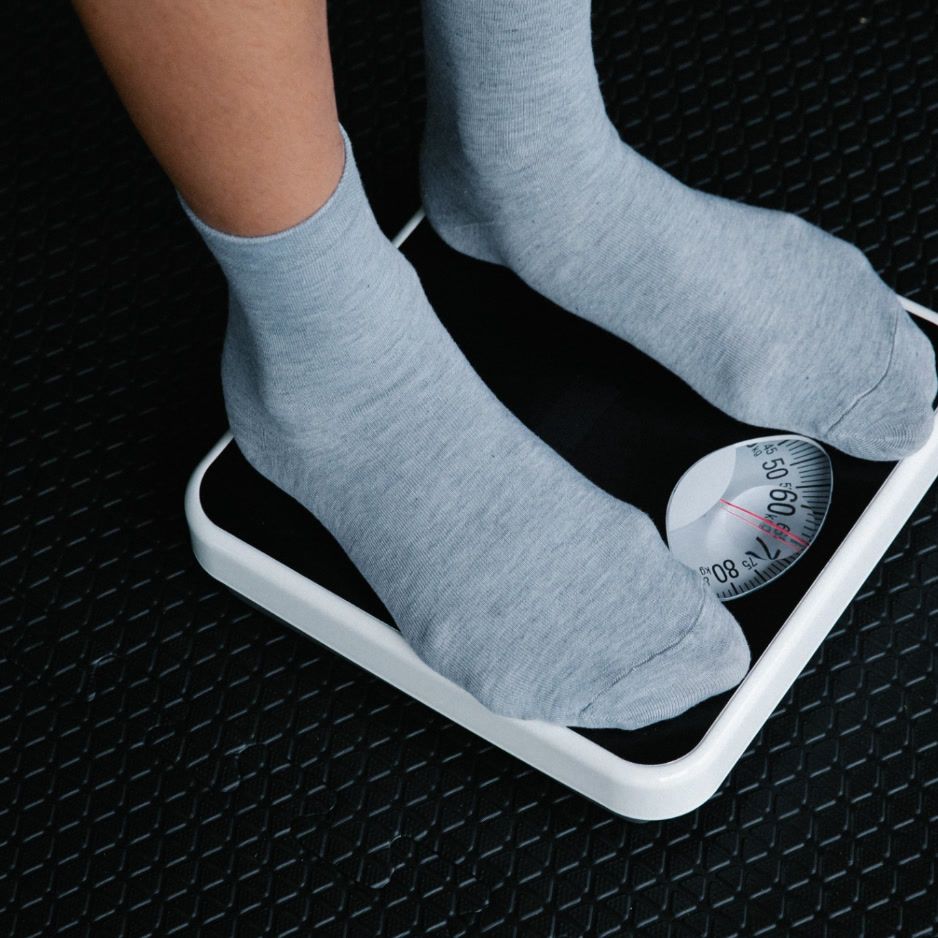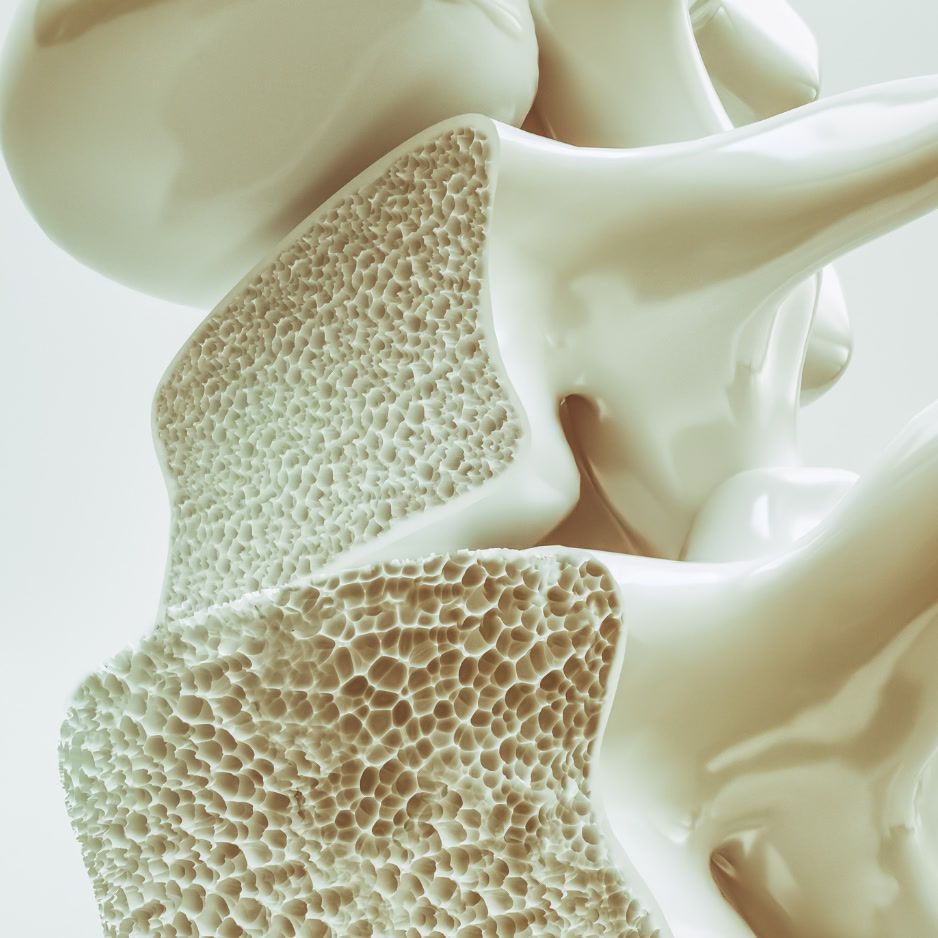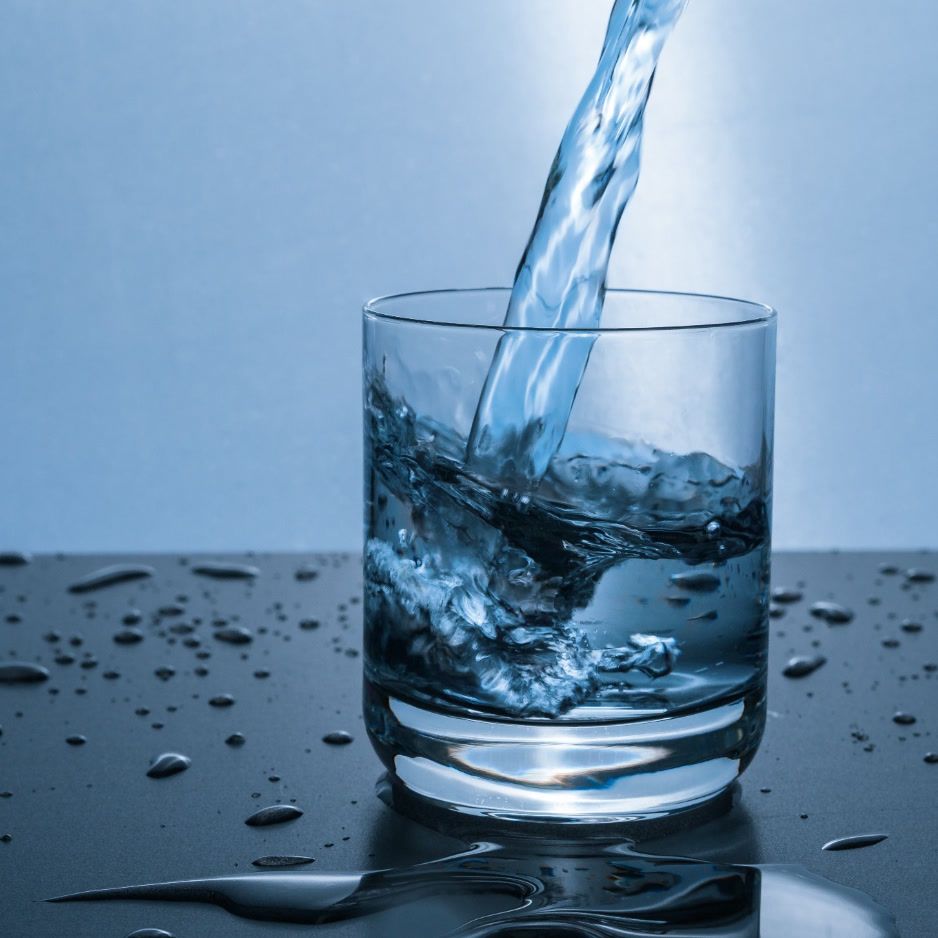Planet Fitness Total Body Enhancement Guide for 2025
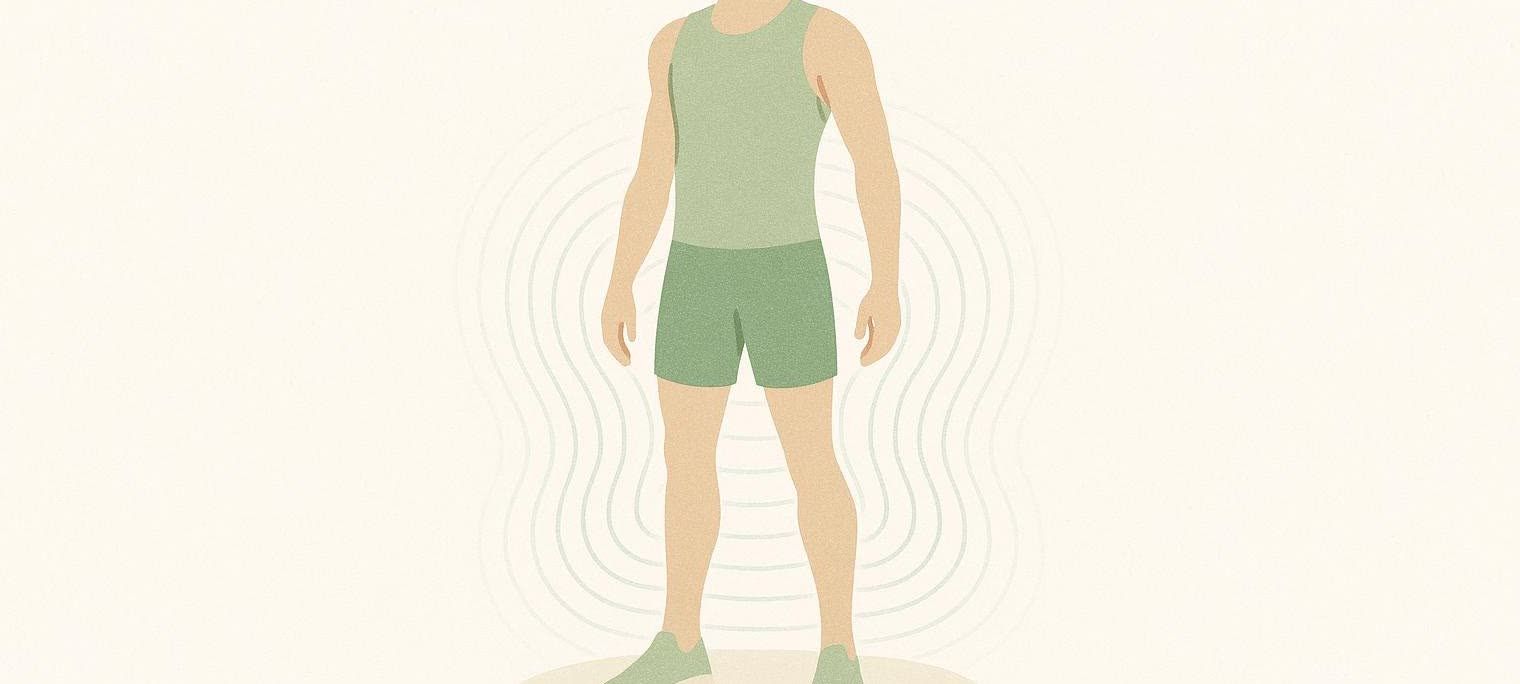
Planet Fitness Total Body Enhancement: A Guide for 2025
If you’ve seen the purple booth at Planet Fitness and wondered if it’s worth a Black Card upgrade, here’s the quick take.
Quick answer: It’s a full-body red light + vibration booth that’s great for smoother skin and light post-workout recovery. It’s not a fat-burner or deep-tissue tool. If you’ll use it 2–3x/week, the Black Card is often cost-effective.
Table of contents
- What exactly is Total Body Enhancement?
- How the red light and vibration work
- What benefits are realistic (and what’s over-hyped)
- Step-by-step: how to use the booth
- Safety and who should skip it
- Is the Black Card Worth It? A Cost Analysis
- TBE vs. at-home panels vs. near-infrared sauna
- FAQs
What exactly is Total Body Enhancement?
Planet Fitness describes Total Body Enhancement as a UV-free red light booth paired with a vibra-shape platform—available to Black Card members at participating locations (PF Black Card). Many clubs use a Beauty Angel RVT-series booth with ~12-minute cycles, multiple vibration levels, and bright red LED panels.
BodySpec’s analysis of the Planet Fitness setup notes typical specs like red-only LEDs (~620–700 nm) and a 4-level vibration plate, with sessions commonly set at 12 minutes—in line with dermatology-style red-light exposures, but no near-infrared for deeper tissues (our analysis of PF's red light therapy).
How the red light and vibration work
- Red light (aka “red light therapy”): Red wavelengths are absorbed by cell powerhouses (mitochondria), which can nudge up cellular energy and signal more collagen production and mild anti-inflammatory effects. Controlled trials using 611–650 nm show improvements in skin complexion, roughness, and collagen density vs. no treatment (2014 placebo-controlled trial).
- Vibration platform: Whole-body vibration increases neuromuscular activation and may help with soreness (DOMS). A 2019 meta-analysis found vibration reduced soreness scores at 24–72 hours and lowered muscle-damage markers in the first 24–48 hours (2019 meta-analysis).
What this means for you: the booth’s light mostly helps the skin, while the plate offers a light recovery stimulus for muscles and circulation. For deeper muscle or joint goals, look for devices that include near-infrared (NIR) wavelengths, which penetrate further than red-only booths (our analysis of PF's red light therapy).
What benefits are realistic (and what’s over-hyped)
Likely benefits (with consistent use):
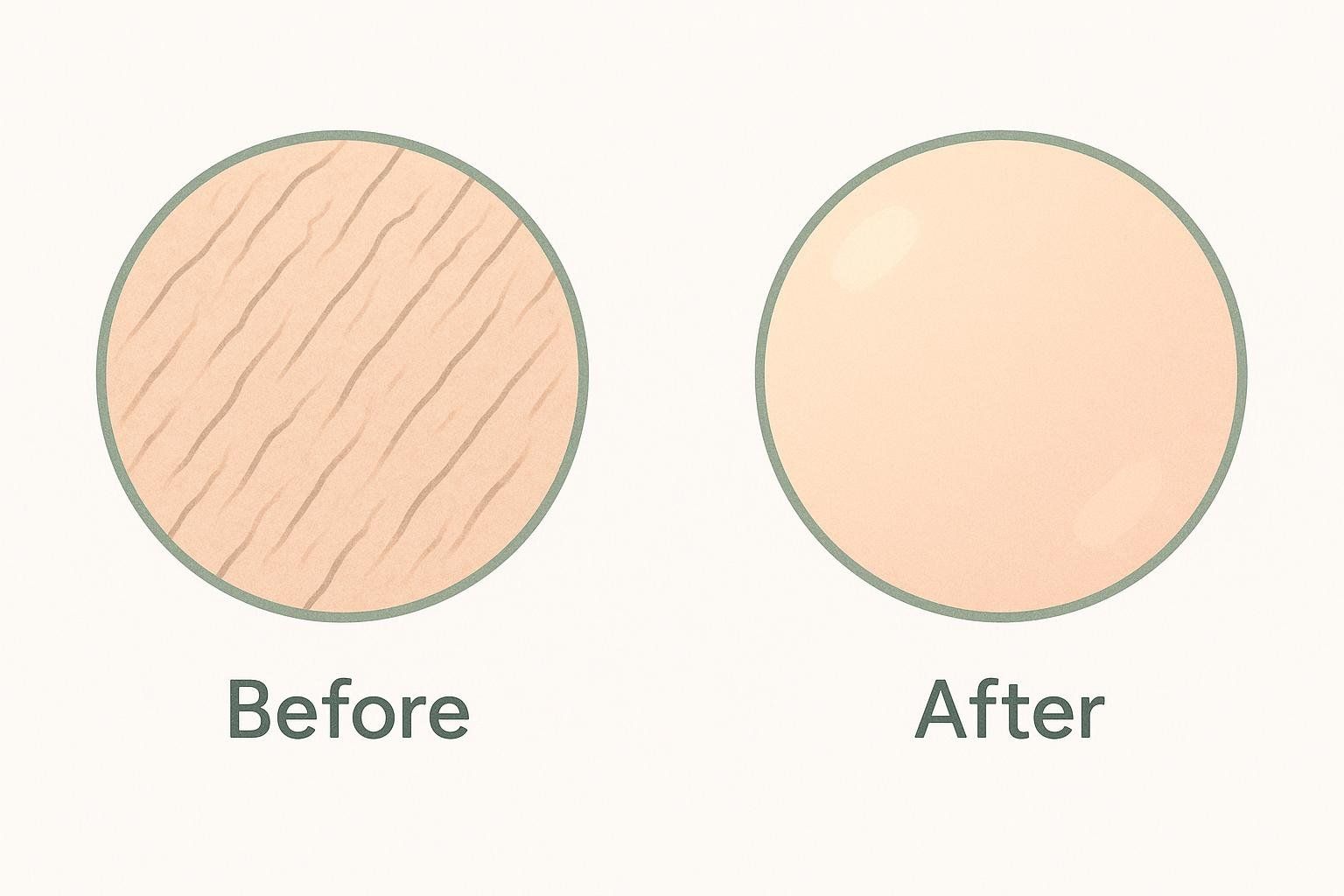
- Smoother skin texture: Softening of fine lines over 8–10 weeks using red light in the ~630–660 nm band (supported by controlled trials; e.g., 2014 trial).
- Soreness reduction: Modest help with post-workout soreness—primarily from the vibration platform, based on a meta-analysis of vibration for DOMS (2019 meta-analysis).
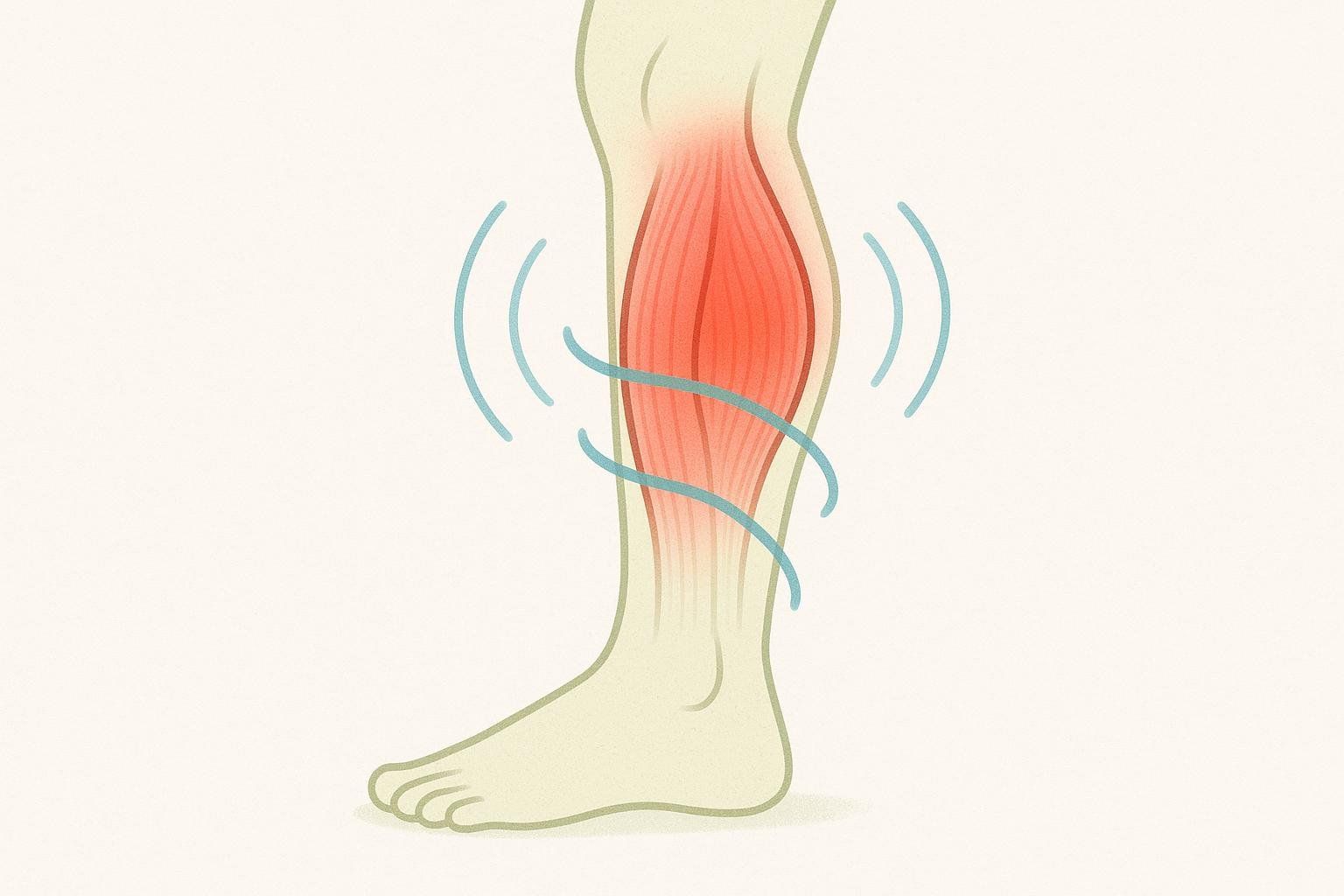
Mixed or limited evidence:
- Cellulite appearance: Some small trials suggest LED red light (~650 nm) may help short-term symptoms, but studies are small and methods vary (2024 RCT abstract). Major medical sources still consider the evidence insufficient for cellulite claims (Cleveland Clinic overview).
- Weight loss claims: No strong evidence that visible red light alone causes meaningful fat loss without diet/training changes (Cleveland Clinic overview). For a reality check on body changes, focus on consistent training and nutrition.
Step-by-step: how to use the booth
- Check in and queue (policies vary by club).
- Prep your skin: remove heavy lotions/makeup so light can reach the skin.
- Clothing: athletic shorts/swimwear maximize exposure.
- Use eye protection: always wear the provided goggles; the LEDs are bright and prolonged exposure can cause eye strain.
- Pick vibration level: start at Level 1–2; keep knees soft and core lightly braced.
- Choose program: steady light or pulsed sequences—either is fine for beginners.
- 12 minutes, breathe easy: stand tall, shake out tension; the fan helps with comfort.
- Hydrate after.
Pro tip: Post-workout sessions pair well with already-elevated blood flow. For deeper muscle recovery goals, consider devices that include near-infrared or try targeted recovery on off days (BodySpec’s at-home red light guide).
Safety and who should skip it
Red light is non-ionizing and generally well-tolerated when used as directed—but common-sense caution matters.
- Medications/conditions: If you take photosensitizing meds (e.g., some antibiotics like doxycycline), have a photosensitive condition, active skin cancer, or a history of light-triggered migraines/epilepsy, ask a clinician first.
- Pregnancy: As a precaution, avoid direct abdominal exposure.
- Eyes: Always wear the provided eye protection; intense visible light can cause eye strain.
- Stop if you feel off: dizzy, overheated, or unwell—step out and hydrate (Cleveland Clinic overview).
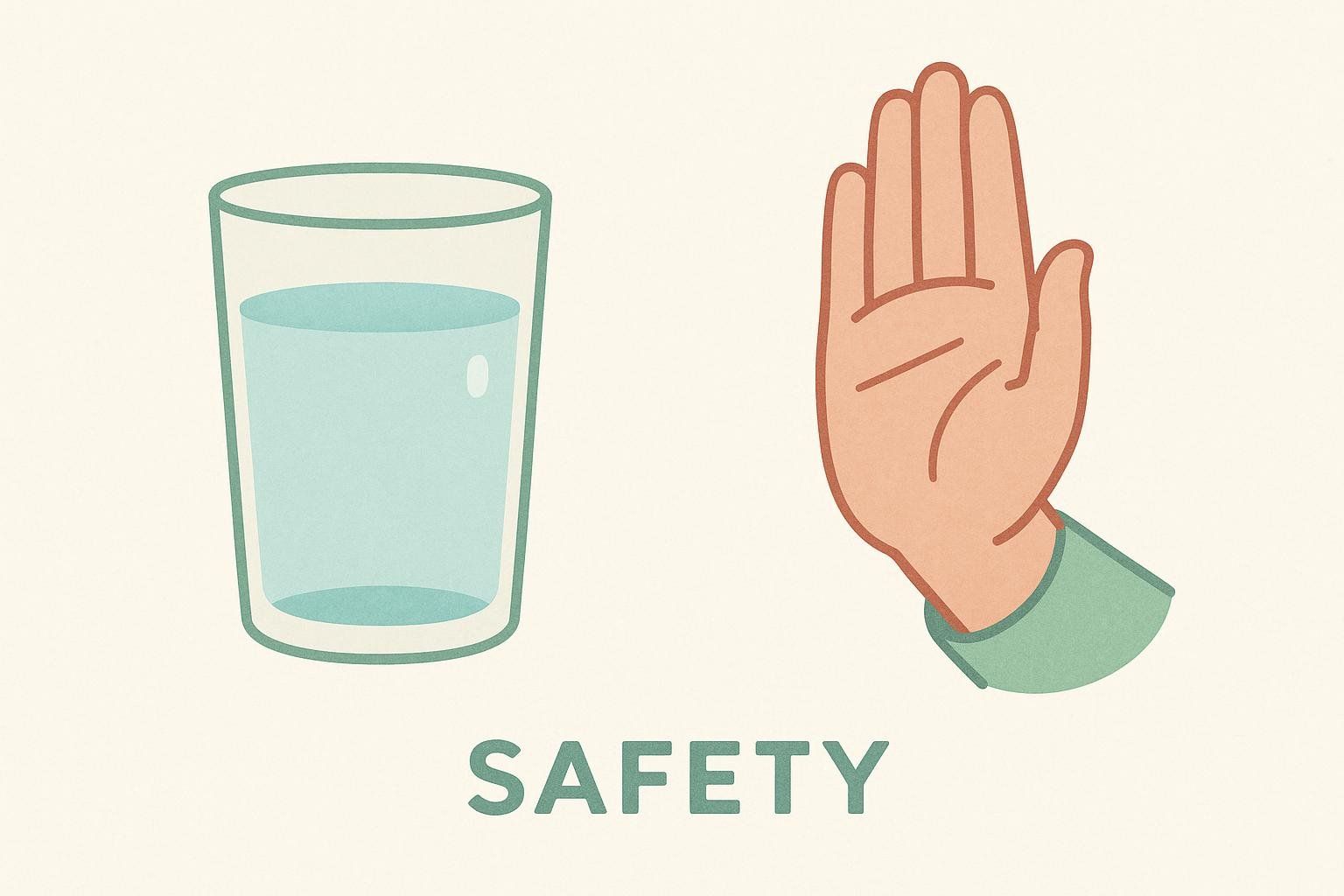
Our guides offer a deeper look at the science behind vibration plates and provide specific vibration plate workouts and safety guidelines to help you get started safely.
Is the Black Card Worth It? A Cost Analysis
Membership pricing varies by location, but PF commonly lists:
- Classic: around $10–15/month
- Black Card: around $24.99/month (includes Total Body Enhancement and other spa perks)
Simple cost-per-session math:
- If you use TBE 12 times/month (≈3×/week), allocating the full Black Card fee to TBE is: $24.99 ÷ 12 = $2.08 per session.
- If you compare the upgrade cost only (e.g., $24.99 – $10.00 = $14.99), then $14.99 ÷ 12 = $1.25 per session.
Verdict: If you’ll use TBE or any spa perk 2–3×/week, the upgrade often is cost-effective. If you rarely use the booth, stick with Classic and reassess later (PF Black Card).
TBE vs. at-home panels vs. near-infrared sauna
- Planet Fitness TBE: Red-only LEDs for skin-surface effects plus a vibration platform; super convenient if you already go to the gym. Lacks NIR wavelengths for deeper tissues (our analysis of PF's red light therapy).
- At-home panels: Many mid-size panels combine red ( ~660 nm) + near-infrared ( ~850 nm), offering deeper reach and flexible scheduling at a higher upfront cost. See BodySpec’s guide for at-home red light setup and dosing.
- Near-infrared sauna: Primarily a heat therapy; some include NIR emitters depending on the brand. Great for relaxation and heat stress, but mechanisms differ from light-only photobiomodulation. If your main goal is skin + light recovery, red/NIR panels are more targeted; if you want heat benefits, sauna fits that lane.
FAQs
How long until I see results?
Skin changes are gradual—plan on 4–8 weeks of 3–5 sessions/week for visible improvements, with more pronounced results by 8–12 weeks. This aligns with controlled red-light skin trials (2014 trial).
Does it help soreness after workouts?
The red light is unlikely to reach deep muscles in a red-only booth, but the vibration platform has evidence for reducing DOMS severity in the 24–72 hour window (2019 meta-analysis).
Will it reduce cellulite or burn fat?
Evidence for cellulite reduction with LEDs is early and mixed (2024 RCT abstract). Major medical sources consider claims for cellulite and weight loss unproven at this time (Cleveland Clinic overview). Focus on training, nutrition, and consistency.
Do I need goggles?
Yes—use the provided eye protection.
How should I track progress?
Combine consistent photos with objective metrics. A BodySpec DEXA scan quantifies fat, lean mass, and even visceral fat so you can see the real impact of your routine. See our BodySpec DEXA accuracy guide and learn why body composition matters more than weight.
Bottom line
Planet Fitness Total Body Enhancement can be a convenient, budget-friendly way to stack skin-level red-light benefits with a light vibration-based recovery stimulus. Keep expectations realistic: it’s not a fat-loss or deep-tissue recovery device. Use it consistently for several weeks, pair it with solid training and nutrition, and track your results with data—DEXA scans every 8–12 weeks work great.
Ready to get objective numbers on fat, muscle, and visceral fat? Book your BodySpec DEXA scan today.
